The Writing Center for Creative Aging:
The Impact of Arts on Aging
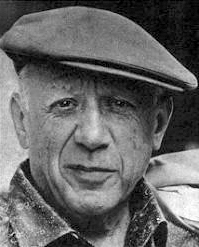
“It takes a long time to become young.”
“Youth, naivety, reliance on instinct,…a sense of freedom and play, even trust in randomness, is necessary to the making of a poem.”
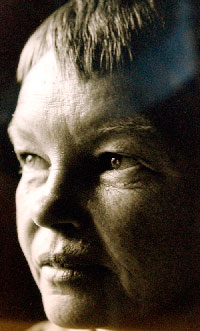
credit: photo courtesy of The Salt Lake Tribune
The Brain on Poetry
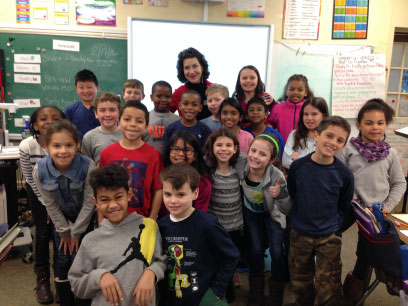
Of all the art forms, poetry—the vital animation of language and imagination that the poet Robert Bly boasts “makes the whole brain sing”—may indeed do just that.
According to a recent study at Liverpool University, reading poetry not only lights up the language and speech centers of the brain’s left hemisphere, “it increases activity in the right hemisphere, an area concerned with ‘autobiographical memory’, helping the reader to reflect on and reappraise their own experiences in light of what they have read.” Their findings, the subject of a January 2013 article in the British Telegraph singled out “the power of literature to shift mental pathways, to create new thoughts, shapes and connections” in young and old alike. Simply put: reading poetry is good for the brain.
Learn more at:
The Creativity and Aging Study
Writing poetry and stories, on the other hand, like other art forms, appear to benefit not just one’s mind, but one’s emotional and physical well-being, too.
The 2006 NEA landmark study “Creativity and Aging” by the late Dr. Gene Cohen, founding director of the Center on Aging at George Washington University and author of The Creative Age: Awaking Human Potential in the Second Half of Life, reveals sustained involvement in making art with professional artists—be it a poem, a painting, a play, a dance—not only increases cognitive fitness in older Americans, it improves one’s outlook on life and overall health.
Learn more at:
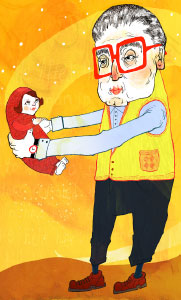
Illustration from “Weeping Beech Park” by Ana Benaroya
2017 NEA Study: Staying Engaged:
Health Patterns of Older Americans Who Engage in the Arts
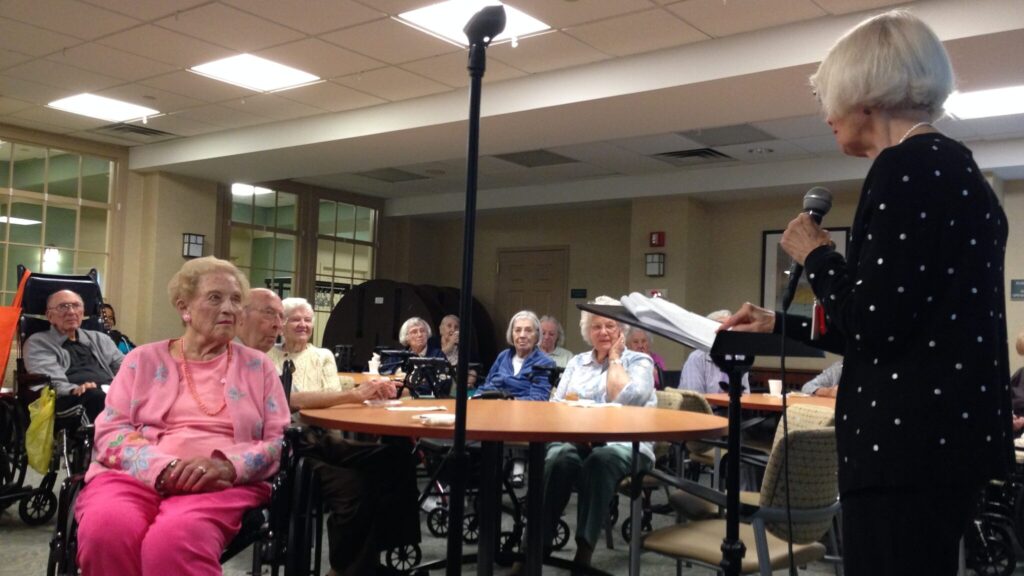
A September 2017 study–conducted by the University of Michigan in conjunction with the National Institute on Aging and National Institute on Health–found that older adults who create art (e.g.: visual arts, dancing, singing, playing musical instruments, acting, photography, film, writing stories/poems/plays) and attend arts events have better health outcomes than adults who do neither.”
Interesting Takeaway: “Older adults who both created art and attended arts events reported higher cognitive functioning, lower rates of hypertension, better physical functioning compared with control groups who did not. In fact among this group–cognitive functioning scores were 7 times higher than adults who did not engage in the arts at all.”
The Arts & Brain Fitness
“Every time we choose to solve a problem creatively, or think about something in a new way, we reshape the physical connections in our brains. The brain has to be challenged in order to stay fit, just as the muscles, heart, and lungs must be deliberately exercised to become more resilient. . . . Budget cutters often see the arts as ‘frills,’ but research shows that these programs are more than just an adjunct course of study; they are an important part of intellectual development.”
–from A User’s Guide to the Brain: Perception, Attention, and the Four Theatres of the Brain by John J. Ratey, M.D. and professor of Neuropsychiatry at Harvard Medical School
Learn more at:

“Einstein out for a spin.”